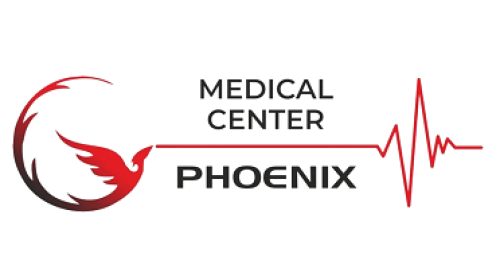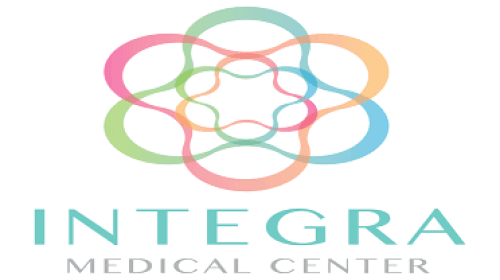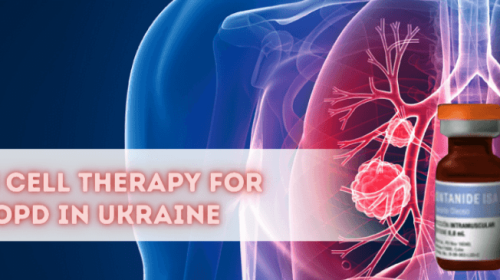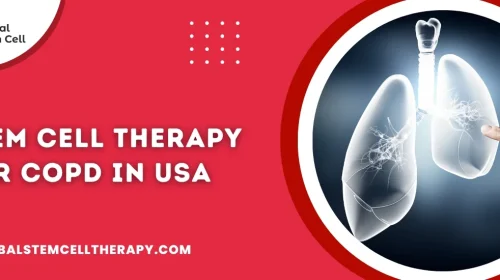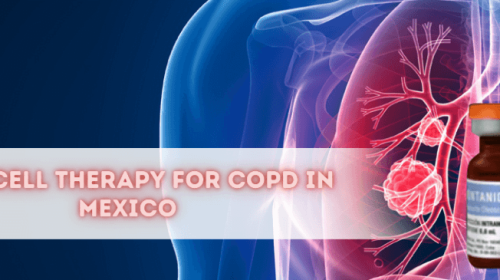Navigating the Future of COPD Treatment with Stem Cell Therapy
Chronic Obstructive Pulmonary Disease (COPD) is a chronic lung condition characterized by persistent airflow limitation. It is typically progressive and associated with breathing difficulties, coughing, and excessive production of mucus. COPD primarily affects the lungs, but it can also have systemic effects on various organs and systems in the body.
Causes: COPD is most commonly caused by long-term exposure to irritants that damage the lungs. The primary risk factor for COPD is cigarette smoking. Other factors that can contribute to COPD include long-term exposure to air pollutants, such as occupational dust and chemicals, indoor pollution from biomass fuels, genetic predisposition (alpha-1 antitrypsin deficiency), and respiratory infections.
Symptoms: The symptoms of COPD often develop slowly and worsen over time. The most common symptoms include shortness of breath, persistent cough, wheezing, chest tightness, excessive mucus production (chronic bronchitis), and frequent respiratory infections. As the disease progresses, individuals may experience limitations in their ability to engage in physical activities and may even develop respiratory failure.

Stem Cell Treatment for COPD
Stem cell treatment is an area of ongoing research for various diseases, including chronic obstructive pulmonary disease (COPD). The concept behind stem cell therapy is to use the regenerative properties of stem cells to repair damaged tissues and promote healing.
Some studies have shown promising results in preclinical and early clinical trials, suggesting that stem cell therapy may have potential benefits for COPD patients. These potential benefits include:
- Anti-inflammatory effects: Stem cells have the ability to modulate the immune response and reduce inflammation in the lungs, which is a key feature of COPD.
- Tissue regeneration: Stem cells may contribute to the repair and regeneration of damaged lung tissues, potentially improving lung function and slowing disease progression.
- Reduction in mucus production: Stem cell therapy may help reduce excessive mucus production, a common symptom in COPD.
- Improved exercise tolerance and quality of life: Some studies have reported improvements in exercise capacity and quality of life in COPD patients who received stem cell treatment.
Procedure of Stem Cell Therapy for COPD
Preparing the Patient
The first step is to assess the patient’s health status and disease stage. This will involve a series of tests including pulmonary function tests, blood tests, and imaging studies. The risks and potential benefits of stem cell therapy are explained, and informed consent is obtained.
Stem Cell Harvesting
Stem cells are collected from the patient’s body. This is usually done either from the bone marrow, where the stem cells are aspirated with a special needle, or from peripheral blood, where stem cells are collected through a process called apheresis. In the latter, blood is drawn from a vein and run through a machine that separates out the stem cells.
Stem Cell Processing
The harvested stem cells are then sent to a lab, where they’re processed and isolated. This step might include ‘activating’ the stem cells to enhance their reparative properties.
Quality Check
Before these cells are used, they undergo a series of checks to ensure they’re safe and suitable for transplantation. This might include testing for infectious diseases, checking the count and viability of the cells, and ensuring they have the right characteristics.
Administration
The processed stem cells are then delivered back into the patient. The exact method can vary, but they’re usually administered through an IV (intravenous) infusion, or less commonly, through an injection directly into the lungs via bronchoscopy.
Post-Treatment Care
After the stem cell treatment, the patient’s response and progress are closely monitored. This could involve regular doctor visits, lung function tests, imaging studies, and blood tests. The goal is to see if the treatment improves symptoms or lung function over time.
Best COPD Treatment Hospitals in the World
America, Bogota, Colombia
Mexico, America, Nuevo Progresso
America, Guadalajara, Mexico
Regenerative Medicine Packages for COPD
Stem Cell Therapy for COPD Success Stories
Don’t wait any longer! Contact us today and begin your transformative journey towards a healthier life. Take the first step towards breathing easier, enjoying your favorite activities, and regaining control over your COPD. Remember, you deserve a life free from limitations. Act now and discover the incredible possibilities that Stem Cell Treatment for COPD holds for you.
Frequently Asked Questions
How is COPD diagnosed?
COPD is usually diagnosed through a combination of medical history, physical examination, lung function tests (spirometry), and imaging studies such as chest X-rays or CT scans. These diagnostic tests help determine the severity and type of COPD.
How does stem cell treatment help COPD patients?
Stem cell therapy for COPD aims to improve lung function, reduce inflammation, and alleviate symptoms such as shortness of breath and coughing. The injected stem cells can help repair damaged lung tissues and promote the growth of new, healthy cells.
Is stem cell treatment for COPD safe?
Stem cell treatment for COPD has shown a good safety profile in clinical studies and is considered relatively safe. However, it’s essential to undergo the procedure at reputable medical facilities with experienced healthcare professionals who follow strict protocols and adhere to ethical standards.
How long does it take to see results from stem cell treatment?
The timeline for experiencing results can vary among individuals. Some patients may start noticing improvements within weeks to months after the treatment, while others may take longer. The healing and regenerative process of the lungs is gradual, and the response to treatment can vary depending on the patient’s condition and overall health.
Can stem cell treatment cure COPD?
Currently, there is no known cure for COPD, including stem cell treatment. However, stem cell therapy has shown promise in improving lung function, reducing symptoms, and enhancing the quality of life for COPD patients. It can potentially slow down disease progression and provide long-term benefits.
Request Free Quote


